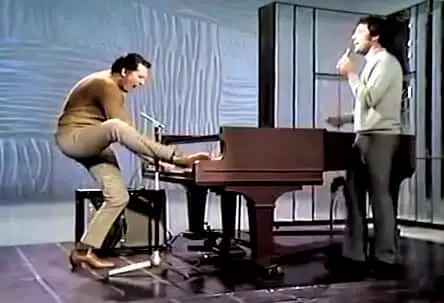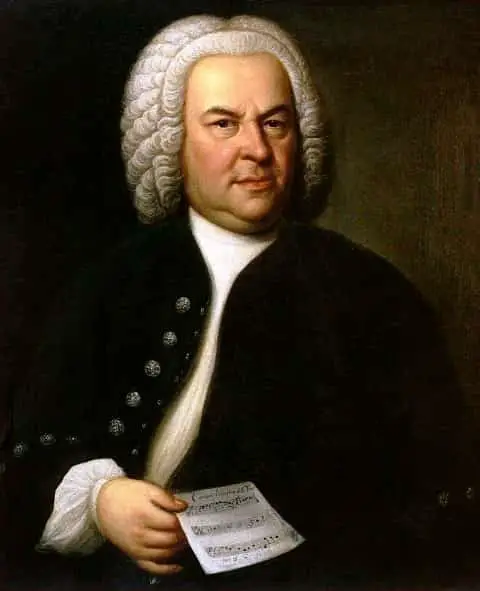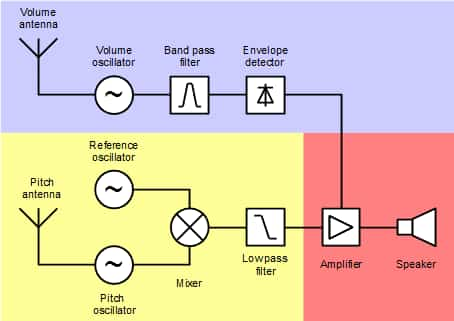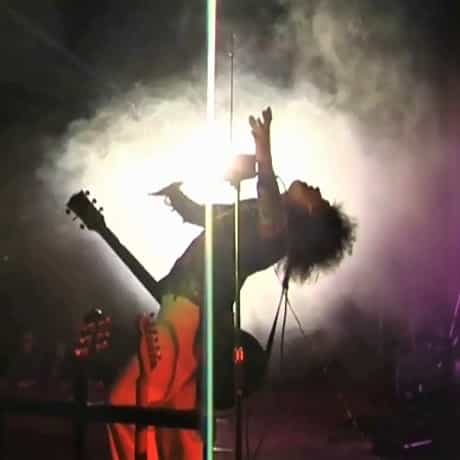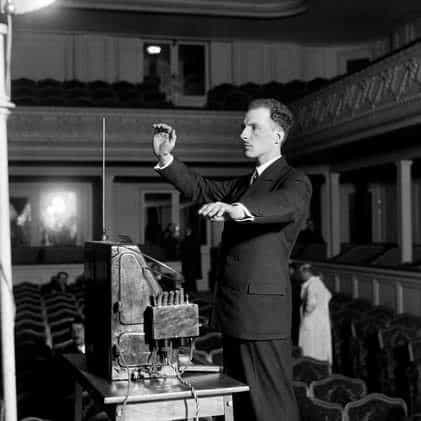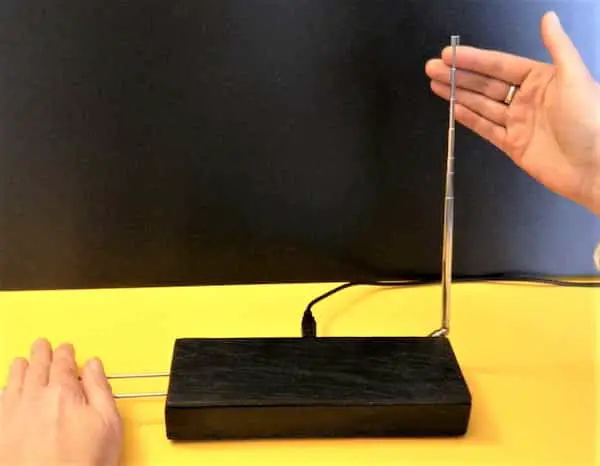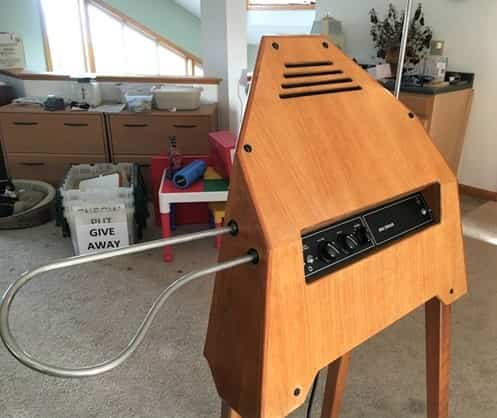Is guitar hard to learn?
Reasons why the guitar is so popular.
Of all the musical instruments, there are few with such a wide range of types, models, and different ways to play, and in different styles as the guitar. It is the king of every rock band, and thousands of more or less famous rock legends have treated it with passion or violence on stage, during the last 70 to 80 years, in front of screaming teenagers.

It is also one of the oldest instruments still in use today. And it comes in a huge variety of models, six strings, seven, eight, twelve, small, big, acoustic, electric, and even with double or even triple neck. There are all kinds and for every taste. You just have to learn how to play it. And that’s where it sometimes gets a little uncertain…
Because how on earth could you ever make order in all that chaos lurking between the six strings, and the 19 or more frets… How could you ever decipher the code and understand where to put down the finger…?
A reason why the guitar seems difficult.
Is Guitar hard to learn? The guitar is difficult in the very beginning. The strange position, the many strings, and all the frets. But it gets easier as you get familiar with the outlining of the instrument. If you play fingerstyle you have to play each string separately. That needs more studying. The easiest technique is strumming. You can learn a few chords to accompany a song in no time. Just like everything else though, the key to succeeding is persistence.
The different types of guitars.
So, I asked my dear friend and colleague Professor Nicola Marsi, guitarist and guitar teacher. This is some of what he told me, but let’s start with a look at the instrument itself. There is a vast number of different types, and a guitar is actually not one instrument but a whole family of instruments.
A broad distinction would be that between acoustic and electric guitars.
- The acoustic guitar has a built-in resonance chamber – The vibration from the string is amplified inside the hollow body. It sounds good as it is. In this category, we also have the classic guitar.
- The electric guitar doesn’t have any resonance of its own. Unplugged, it is almost mute. It has microphones underneath the strings, and you need to connect the guitar to an amplifier to be able to hear anything.

Which one is easier to learn? At this point, it’s about the same.
Which guitar technique is the easiest?
This also is a vast field, and there are many different ways to play the instrument. Three basic distinctions could roughly be something like this:
The position of the guitar.
- The classical technique. Sitting down, you position the guitar on your left leg, and the neck points upwards at about 45°. You put the left foot on a footstool to raise it about half afoot. This gives a somewhat better position for the left hand to be able to play fingerstyle.
- The Acoustic/Electric technique. You position the guitar over your right leg or hang it over your shoulders with a strap, standing up. The guitar neck is often a little lower than the classic style. How high you hold the guitar can vary from very high to below the belt. The left hand is closer and that can be an advantage.
How to play the strings.
- You can play fingerstyle. That’s when every finger plays one string and one note.
- Strumming is when you play all the strings in one movement up or down. This produces a chord.
With what you play the strings.
- You can play with your fingers.
- Or you can play with a small piece of plastic or wood, a pick. You hold it between the thumb and the index finger.
- There’s actually a third option, finger picks. It’s like having a pick on every finger. You play as you would with your fingers, but it’s the plastic or steel that picks the string.
And now, is one technique harder than another? Playing fingerstyle is more difficult than strumming. It’s easier to just strike all the cords than to keep track of the different fingers of the right hand. For the rest, it’s a matter of choice.

Which guitar style is easiest to learn?
This is another topic where there is so much variation that it could be difficult to reduce it to a simple list. A would very broadly pin it down to three styles.
- The classical style. In this style, you play sitting down and with nylon strings. We have a lot of classical music, but also South American music, Spanish flamenco, etc.
- The acoustic guitar. This is everything from the teenager playing three chords at the bonfire, to Bluegrass, Folk, Pop, Jazz, and a lot more. This is a category that is very rich in content. You have millions of easy songs to choose from.
- The electric guitar. This is the rock- and pop music instrument by excellence. This is the guitar for all the most famous rock riffs, and solos.
Finally, which is more difficult? Well, you just can’t say that one style is harder than another. Playing many notes very fast is more difficult than not. Those who practice most of all, I would say, are classical guitarists, and soloists on electric guitar.
Is the guitar hard to learn compared to other instruments?
Now, this is tricky. Think about it like this: Playing an instrument for two hours every day for one year gets you to a certain level. That level is lower if the instrument is difficult. But you will always be comparable to anyone who has practiced as much as you. It’s in no way easier to become the best in the world just because the instrument you’ve chosen is easy to play.
Most people could probably learn how to play only the melody of Twinkle, twinkle little star with their right hand on a piano in, let’s say, half an hour. To play the same melody on a Theremin, which is probably the most difficult instrument in the world, you would need a whole lot more practice.
The guitar is often put somewhere in the middle of the difficulty list.
Is guitar hard to learn? It also depends very much on how far you want to go.
- I think, with a few days of training, anybody would be able to learn three, or four chords, and play them in the right order to accompany his/her favorite song. That’s very easy, and extremely fast compared to almost any other musical instrument.
- To play like the best classical guitarists, on the other hand, you would need ten, fifteen, or more years of studying 4 – 8 hours a day. And you need to start at a very young age.
But, is guitar hard to learn, then?

From a strictly learning point of view, the guitar has a few positive properties, and some drawbacks, compared to other instruments.
The negatives:
- The neck and the frets are difficult to understand at the beginning, It’s not as straightforward as the blacks and whites on a keyboard.
- You would need certain coordination as you strike the strings with one hand and determine the pitch with the other. All instruments require coordination to a certain degree though.
- A guitar is, kind of, big and awkward. It can be hard to find the right position around the big wooden case. And bending the fingers around the neck to find the right position for the chord is also awkward. You have to try out which guitar, and which style is best for you. An how to hold it. There’s no right answer here. Ask your teacher.
The positives:
- The difficulty of understanding the pattern on the neck diminishes with time. After some training, it will start to feel more logical and apprehensible.
- You can see exactly what you do. It’s all in front of you at a normal observable distance.
- It’s not a loud instrument unless you play an acoustic guitar with steel strings. Even so, there are always solutions to the disturbing-others issue. You can play the electric guitar with headphones.
- It’s maybe the most common instrument of all. It’s easy to find good teachers and good school literature.
- The frets give the notes a precise position. You only have to put the finger somewhere between the two frets and you’re good. Instruments in the violin family have a smooth neck without frets. It’s more difficult to find the correct spot on the violin neck.
Which is easier, the Acoustic/Classic or the Electric guitar?
Reasons why the electric guitar is easy to learn.
- The acoustic guitar is much bigger and can be more tricky to hold, especially if you’re short/young.
- The electric guitar is much thinner and therefore there’s less bulk to get around.
- The neck of the electric guitar is typically thinner and easier to bend your fingers around
- Because of its construction, it requires less pressure on the string.
- The classical guitar has nylon strings which are softer on the fingertip. But it still requires more pressure on the string.
- The classical guitar has a wider neck with more space between the strings. That can put more strain on the gripping hand, especially for younger players.
- With an electric guitar, you can have a full-blown sound without disturbing anybody wearing headphones.
Reasons why the acoustic/classic guitar is easy to learn.
- There are all kinds of middle ways. E.g. you can have an acoustic guitar, with or without a pickup (A so-called acoustic electric guitar) with a thinner body.
- With an acoustic/classic guitar, you don’t need an amplifier. You just pull out the guitar and play. This is a major advantage. You can bring your guitar anywhere and you’re always ready to play.
- The many knobs and levers on the electric guitar can be intimidating for a beginner.
- The Classic guitar position can be more ergonomic. But not for everybody. You have to try it out for yourself.
It would seem that the electric guitar wins this round. But that’s really just a very broad generalization. The guitar world is enormous, and the best guitarists in the world all have their own preferences and styles. There are different guitar sizes and forms, different widths and depths of the neck, and different positions and different ways to treat the instrument. After you’ve learned some more, you will know what works for you and what doesn’t.
Then, of course, you need a guitar that’s in tune with the style you’re going for. If you want to play like Eddie Van Halen, you can’t buy an acoustic guitar.
Today it’s also easier to buy a guitar. The many cheap brands are getting better and even if just have a few dollars to spend, you can still find a decent playable instrument.
How long does it take to learn to play the guitar?
A list of tips and tricks on how to succeed.
- Be persistent. Our brain and body work much better with short repetitions than with long sessions. It’s much, much better to practice fifteen minutes a day than to practice five hours Sundays.
- Organize your study. If you have half an hour, do 10 minutes this, 10 minutes that, and 10 minutes something else. It’s too easy to just play the things you already know in a way you’re already comfortable with if you don’t have structure. And to get better you have to learn new things, not just repeat the old, That’s just the way it is.
- Record yourself. Hearing yourself from the outside is very helpful. You may find that what you think is bad, really is quite good, and vice versa. Don’t overdo it, but a simple recording app is an awesome tool.
- Take breaks. Especially in the beginning, the position with the right arm around the big wooden box and the left hand cramped around the neck, is tiresome. You resist only a short time. Play for ten minutes, then get up and walk around before you continue. And listen to your body. Pain in the fingertips from the strings is no big deal, but shoulders, back, arms, and wrists shouldn’t ache.
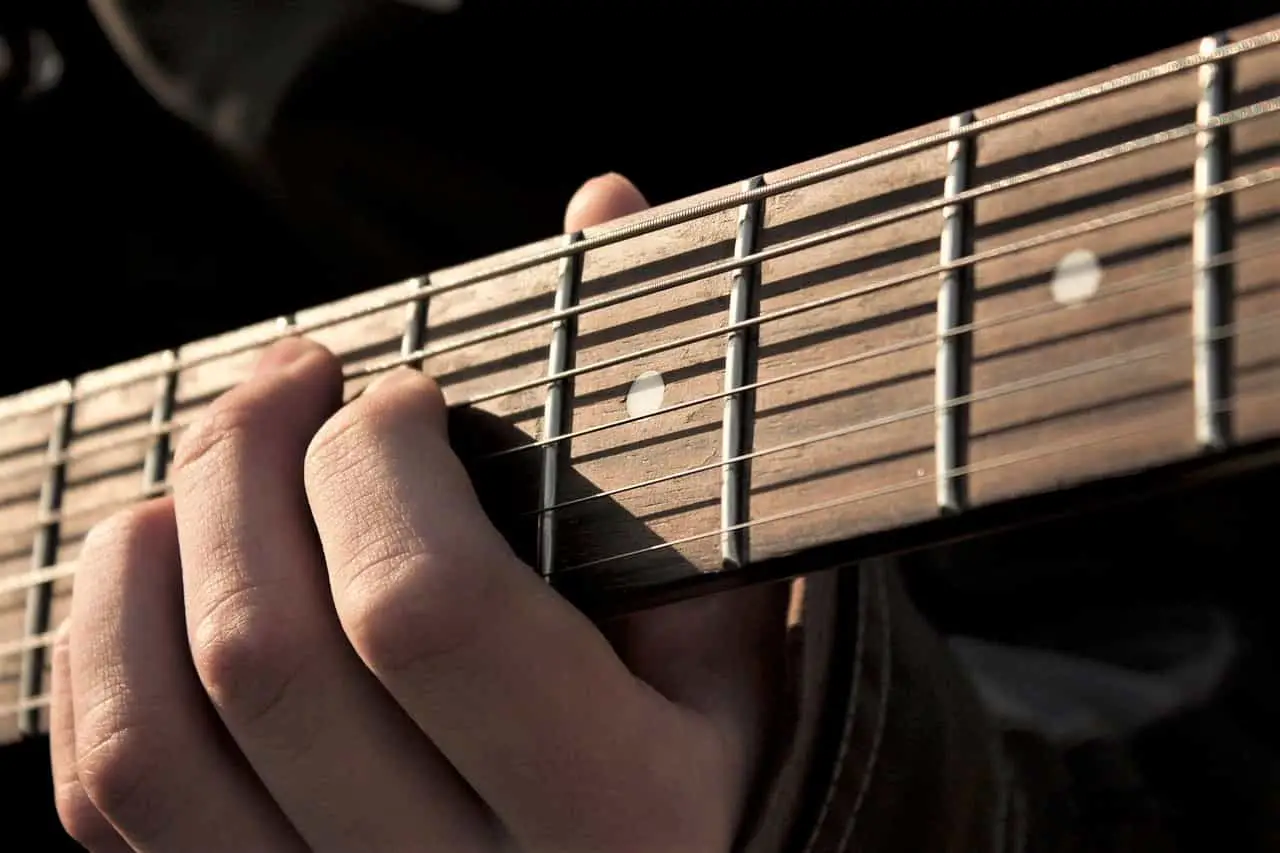 The reason why you should at least try out a real, certificated teacher.
The reason why you should at least try out a real, certificated teacher.
Approximately one-third of all non-professional guitar players suffer from pain. Most commonly in the neck and lower back followed by pain in the wrist, and the shoulders. These problems can be dealt with but you have to know how to resolve them, and what is the cause of the pain.
Having a good teacher is the best way to avoid these issues, and if you already face stiffness and pain, a teacher can point to where your position is wrong, or to other errors that you make. It’s almost impossible to observe yourself, but for someone else, it’s often obvious what’s missing. That goes for musical expression and playing technique as well. An experienced musician who guides you from the outside, and follows your progress from an external point of view, can be a big help. And as a beginner, a good, certified teacher can’t be overrated.
It’s also a way to be consistent in your studying. If you have lessons scheduled, and you pay for them, it’s harder to skip the daily practice.
So finally, Is guitar hard to learn?
Learning how to play the guitar, is not very difficult. It can be intimidating with the seemingly disorderly outlook of the strings and the frets, but if you practice, with time, that will not be a problem. And the fact that you can learn strumming chords in a very short time, makes it a good candidate for a beginner’s first choice.
Conclusion
No, Guitar is not a difficult instrument to learn. There are a few initial hurdles, but not more than most musical instruments. Be aware of rigidity and pain in the neck and lower back, shoulders, and wrists.
sources
 In the very first years of 1900, something called illustrated songs were widely performed in vaudevilles, theaters, and nickelodeons. The illustrated song consisted of music, often a singer accompanied by piano. Together with the song, still-, or moving images projected from glass slides were shown. They were often done before the show, and in the case of nickelodeons, after, or in between at reel changes.
In the very first years of 1900, something called illustrated songs were widely performed in vaudevilles, theaters, and nickelodeons. The illustrated song consisted of music, often a singer accompanied by piano. Together with the song, still-, or moving images projected from glass slides were shown. They were often done before the show, and in the case of nickelodeons, after, or in between at reel changes.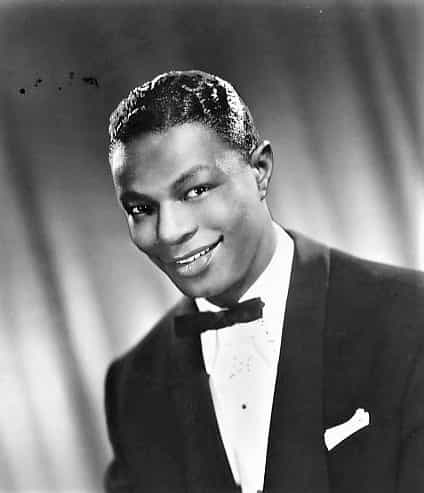


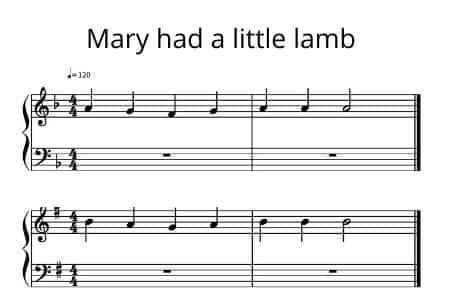
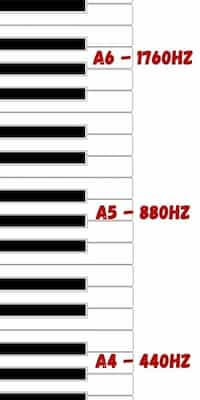
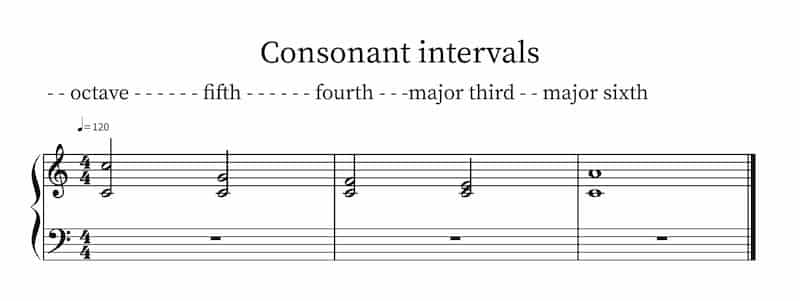
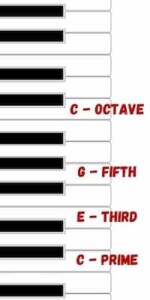
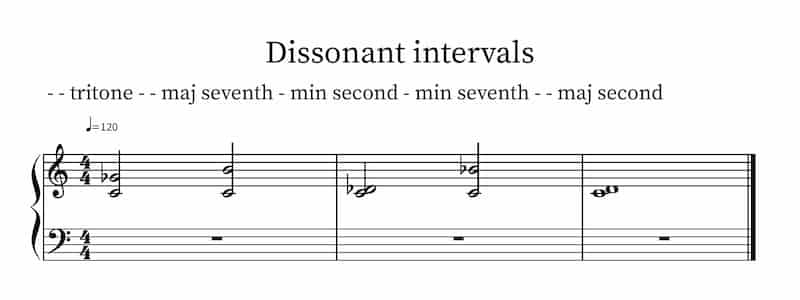
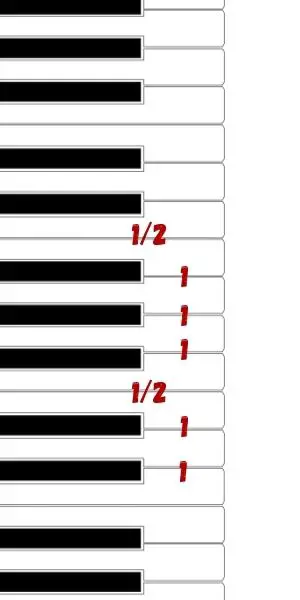

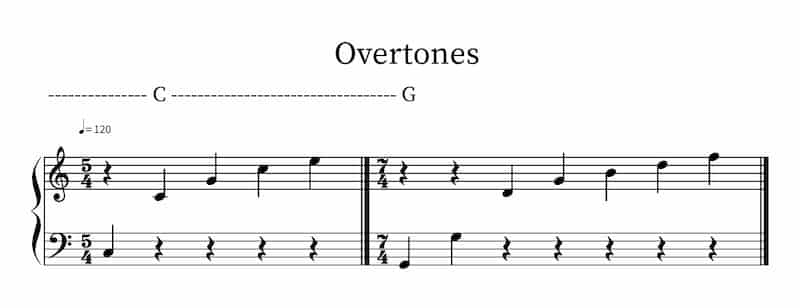 If we do the same overtone-trick from the G note but with seven notes, we’ll get G – G – D – G – B – D – F.
If we do the same overtone-trick from the G note but with seven notes, we’ll get G – G – D – G – B – D – F. 